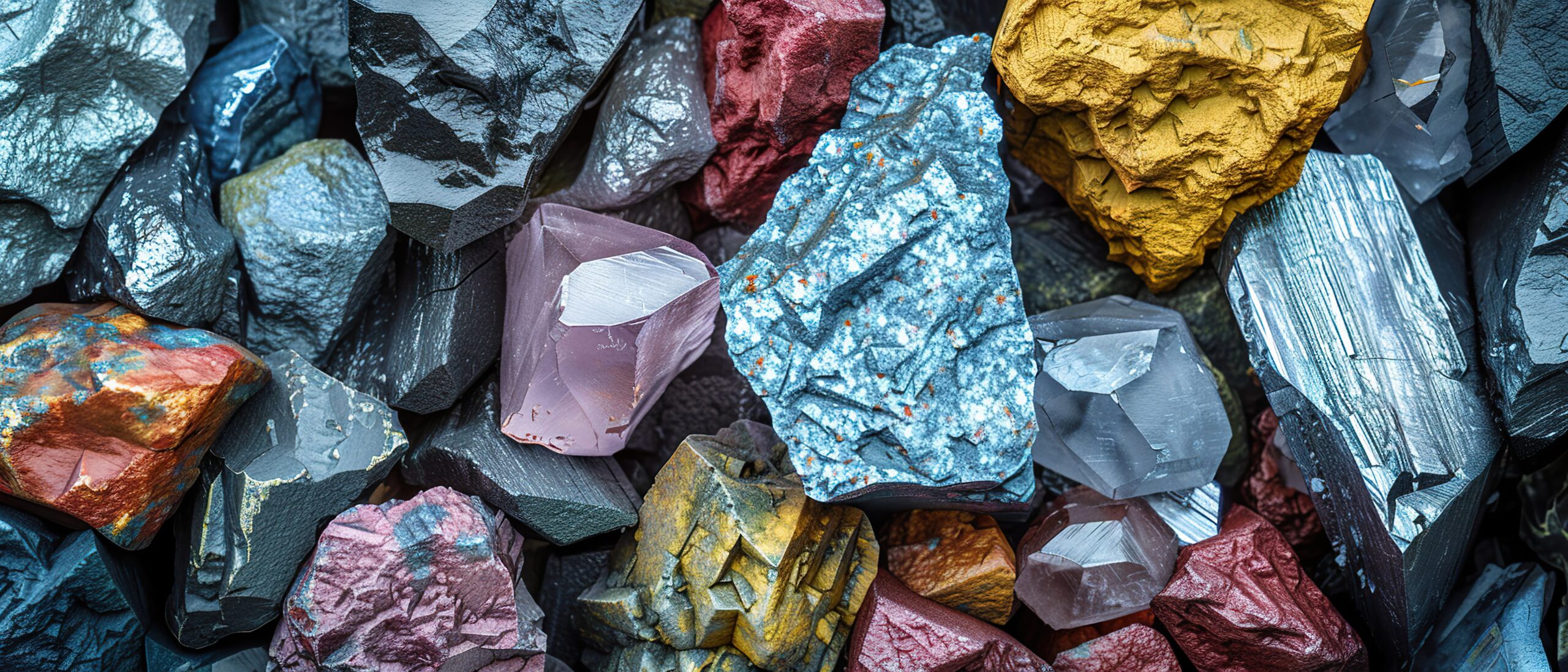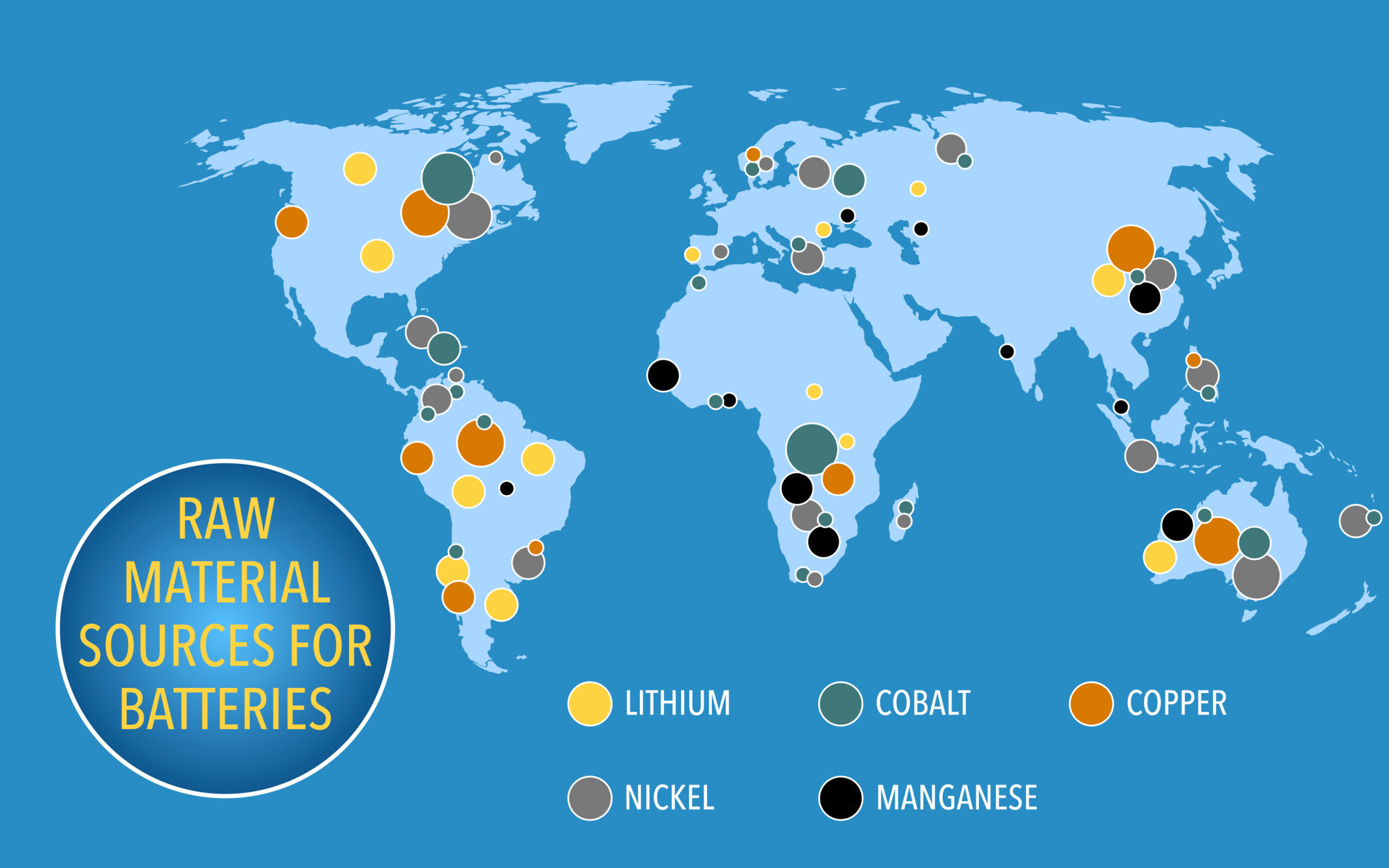The History of Wind Power
Seven thousand years ago, the Egyptians and Phoenicians used wind to power sailboats. This was the first recorded instance of humans putting wind to work. Centuries later, the mechanical energy of windmills helped people pump water and mill grains.
Charles F. Brush invented the first electricity-producing wind turbine in 1888. To convert wind into electricity, wind spins the blades of a turbine around a rotor. The rotor then spins a generator, which creates electricity.
The average wind turbine has a capacity of 2 megawatts (one megawatt (MW) equals 1 million watts), yet innovations in technology are paving the way for wind turbine productivity to exceed 10 MW in the near future.
The Increasing Popularity of Wind Power

The global installed wind capacity from 1982 to 2017 (International Energy Initiative 2019)
Over the past four decades, wind energy grew faster than any renewable technology. The industry employs over 1 million people across the globe with installations in over 100 countries. The U.S. has six of the ten largest onshore wind farms in the world.
By the first quarter of 2020, the United States reached an installed capacity of approximately 107 gigawatts (GW), enough energy to power over 32 million American homes (one GW is equivalent to 1,000 MW and can power 750,000 homes annually). The U.S. has the second largest wind energy capacity in the world, still trailing far behind China’s installed capacity of 221 GW.
In 2019, wind power provided 7% of the United States’ electricity, making it the most prevalent source of renewable energy in the country. The U.S. installed an additional 9 GW of wind power that year. Those installations represented 39% of the nation’s new utility-scale power.

The U.S. wind industry installed 1,821 MW of new wind power capacity in the first quarter of 2020, a 117% increase over the first quarter of 2019 (American Wind Energy Association)
Texas has an installed wind power capacity of 29 GW. Texas wind power represents 27% of the nation’s installed wind capacity, over three times greater than any other U.S. state. Its large capacity can be attributed to its location within a wind corridor — a region characterized by high-speed winds stretching from the upper Great Plains to western Texas.
Non-hydro renewables in the U.S. increased from less than 1% in 2005 to nearly 10.1% by the end of 2018. This growth occurred during a time of relatively stable electricity demand. Such growth illustrates renewable energy’s disruptive effect on the electricity industry. The Center for Climate and Energy Solutions projects that the national energy share of the United States’ renewable energy — including hydroelectric — will increase from a value of 17.1% in 2018 to 24% in 2030.
Growth Potential of the Offshore Wind Sector
Wind turbines can be constructed on land, offshore in the ocean, or on big lakes. In 1991, Vindeby Offshore Wind Farm in Denmark became the world’s first offshore operation. Offshore wind power is more powerful than onshore wind power because of exposure to more consistent coastal winds. The largest, most powerful offshore wind turbine is GE’s Haliade-X 12 MW turbine.
The United States has an enormous opportunity to capitalize on coastal territories and grow its tiny offshore wind sector. The Block Island Wind Farm is the nation’s only offshore wind farm: a 30 MW, five turbine operation established in 2016 off the coast of Rhode Island.
According to the Office of Energy Efficiency & Renewable Energy, over 2,000 GW of wind power could be accessed along the coasts of the United States and the Great Lakes. This 2,000 GW potential represents an electricity generation capacity that doubles the current capacity of all U.S. electric power plants.
The Department of Energy allocated over $200 million dollars towards competitively-selected offshore wind research, development, and demonstration projects. Over 58% of U.S. offshore wind resources are located in deep waters. Without a doubt, a key focus area will be development of offshore wind platforms suitable for deep waters.
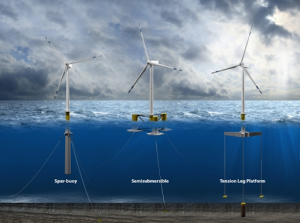
Floating vertical-axis wind turbine platforms (Office of Energy Efficiency and Renewable Energy)
Advantages of Wind Power
Wind energy is a sustainable, emissions-free power source that does not depend on fossil fuels. In 2019, approximately 42 million cars’ worth of yearly emissions was avoided through wind energy generation. Typical wind projects can offset their carbon footprint in six months or less (carbon offsets work by reducing emissions of carbon dioxide or other greenhouse gases in order to compensate for emissions made in manufacturing and citing the wind farm).
In 2018, carbon dioxide (CO2) emissions from fossil fuel combustion for energy represented about 75% of total U.S. anthropogenic (originating from human activity) greenhouse gas emissions and about 93% of total U.S. anthropogenic CO2 emissions. Greenhouse gases (GHGs) like CO2 trap heat and alter the transfer of infrared energy through the atmosphere. The earth’s global average temperature is rising because of increased atmospheric concentrations of GHGs.
According to NASA, there is greater than a 95% probability that Earth’s current warming trend is the result of human activity since the mid-20th century — a trend accelerating at a rate unmatched over millennia. Zero-emissions energy sources like wind power are necessary and urgent solutions to mitigate climate change.
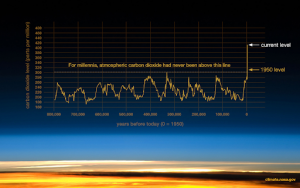
NASA: Based on the comparison of atmospheric samples contained in ice cores and more recent direct measurements, atmospheric CO2 has increased since the Industrial Revolution (NOAA)
Wind power saves water and is better for the environment. Conventional fossil fuel plants use billions of gallons of water a year. In addition, contaminated water from fossil fuel plants pollutes nearby waterways and marine ecosystems. On the contrary, wind power is a clean energy source that does not need water to produce electricity.
According to the Wind Powers America Annual Report 2019, the expansion of wind power in America has generated positive economic benefits. It has provided jobs to over 120,000 people across all 50 states, supported 530 domestic factories, and generated $1.6 billion a year in state and local taxes and landowner lease payments.
Growing wind and renewable energy operations in the United States will contribute to energy independence and national security. Renewable power presents a dependable, domestic energy source free from the risks associated with foreign energy sources or supply chains. It will also help support more self-sustaining, domestic microgrids. This technology can provide electricity in natural disasters or situations that require power for national defense operations.
Wind power is less prone to harmful, life-threatening malfunctions than other energy sources. Some examples include nuclear disasters like Chernobyl in 1986 or Fukushima in 2011, the 2009 accident at Sayano Shushenskaya Dam, petroleum oil spills, and coal mining accidents.
Drawbacks of Wind Power
Though no emissions are produced during wind energy operations, there are still negative environmental impacts incurred during manufacturing, transport, installation, and maintenance processes. A circular economy approach can help mitigate environmental burdens by using cleaner and higher quality recovered carbon fiber building materials that can be recycled and reused.
Wind turbines pose a risk to birds or bats that might collide with the sharp, fast-moving blades of the turbine. The U.S. Fish and Wildlife Service estimates that between 140,000 and 500,000 bird deaths occur at wind farms each year. One solution being used to decrease bird fatalities is painting one turbine blade black.
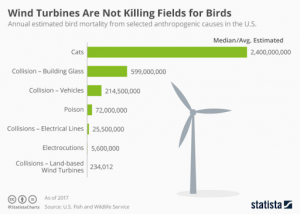
This chart shows the annual estimated bird mortality for selected anthropogenic causes in the U.S. (US Fish and Wildlife Service)
Wind turbines are not the largest threat to the survival of birds and bats. In fact, collisions with buildings, communication towers, vehicles, powerlines, and other manmade installations cause more bird and bat deaths. Other risks associated with wind turbines include blade icing and oil leaks. However, proper maintenance and technological innovations help avoid these problems.
Wind turbines have generated noise complaints from nearby homeowners. However, a typical wind turbine produces a noise level of about 50 decibels (dB). This noise level is similar to that of a midsize window air conditioner or a car going 60 km/h. It is uncommon to build a wind turbine within 300 meters to the nearest home.
The Not in My Backyard, or NIMBY, Syndrome is another consequence of wind turbine installation. Many homeowners support renewable energy yet resent nearby wind turbines. Turbines can decrease property values or block surrounding views.
This graphic by GE provides context about wind turbine noise (decibels) versus distance (meters)
Investing in Wind Energy
Global investment in renewable energy hit a record high of $282.2 billion in 2019. This represented a 1% increase from global spending in 2018 and an additional 180 GW of global renewable energy capacity. Furthermore, declining costs of wind and solar bolstered renewable energy growth.
The International Renewable Energy Agency (IRENA) claims investing $130 trillion over the next 30 years towards renewable energy systems would provide economic benefits three to eight times the amount of those investments.
IRENA’s 2020 Global Renewables Outlook report highlights sustainable investment options and policies that will pave the path towards a cleaner energy system. Its recommendations align with goals set by countries involved in the 2015 Paris Agreement to limit global warming to well below 2 degrees Celsius above pre-industrial levels and hold it to 1.5 degrees Celsius.
IRENA’s report predicts that increased investments on renewables could quadruple global jobs in the industry to 42 million by 2050. Energy efficiency measures would create 21 million jobs and system flexibility measures (measures that support the capability to change power supply and demand of the system as a whole or a particular unit such as flexible generation, stronger transmission and distribution systems, increasing storage capacity and demand-side management) could produce 15 million additional jobs.
Wind and solar projects represented 99% of the $55.5 billion invested in U.S. renewable energy capacity investment in 2019. Renewable energy companies scrambling to qualify for federal tax credits were key players in the nation’s clean energy investment growth.
Wind energy projects are very competitive from a levelized cost of production standpoint. Over 50% of the renewable energy capacity added in 2019 had lower electricity costs than new coal. The global weighted-average cost of electricity of new onshore wind farms in 2019 was $0.053 per kilowatt hour (kWh). The most competitive projects can dip to as low as $0.030 per kWh, without financial support from the government.
Investing in Wind, Renewables, and Clean Technology with ACES
Increased utilization of wind power and renewable energy will be one of the most critical steps towards carbon neutrality. Renewable energy alone will not suffice in achieving global decarbonization goals: innovations in energy efficiency and storage like lithium ion batteries and smart grid technologies will be essential in making strides towards comprehensive clean energy.
The future of wind power and renewable energy presents compelling investment opportunities. In addition, these opportunities align with client ESG preferences. We believe ALPS Clean Energy ETF (ACES) is the most efficient, broadly diversified approach to play the decarbonization megatrend of the next decade and beyond.
ACES contains two categories of constituents in the U.S. and Canada that operate in the clean energy sector. Renewable energy is the first category, including companies that focus on wind, solar, hydro, geothermal, biomass, and biofuel. The second category is clean technology. It includes companies that develop electric vehicles, energy storage, efficiency, light-emitting diode (LED), smart grid, and fuel cells.
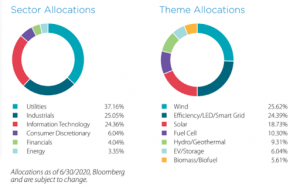
These charts summarize ACES’ portfolio composition based upon sector (utilities, industrials, etc.) and decarbonization themes (wind, smart grid technologies, etc.)
ACES is a differentiated, pure-play approach to the decarbonization trend. ACES concentrates on companies whose primary operations focus on the clean energy sector. It is an ETF that diversifies across sub-segments and aligns with ESG standards.
Invest with purpose. If you want to invest in a healthier planet for current and future generations, we encourage you to invest in renewables like wind power through ACES. Your next investment opportunity might be blowing in the wind.
To talk more about investing in wind power, or other investment opportunities, contact us today. Together, we can find the right investments for you, the ones that align with your values and help you to reach your financial and life goals.





